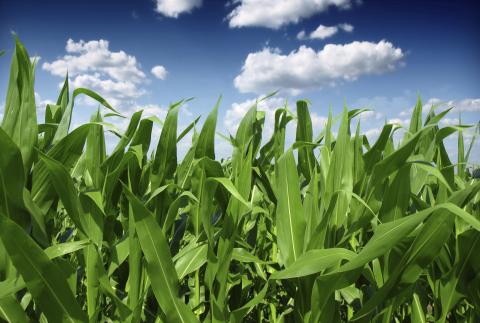ADAS offers a selection of experimental designs, treatments and measurements to test the statistical effect of agronomic treatments at plot, tramline, field, and rotation levels. All our experiments are designed to be independent, scientifically rigorous, and hypothesis driven.
We test a wide range of agronomic treatments on grass and forage crops including:
- fertilisers and additives, such as urease inhibitors
- organic materials
- herbicides and pesticides
- biostimulants
Experiments we offer to measure yield and quality
Conventional small plot trials
Conventional small plot trials can be used to compare multiple randomised and replicated treatment effects in field. Our forage harvester can be used to measure grass yield at plot level. It is able to detect dry biomass yield differences as little as 120 kg/ha.
Agronomic line trials
Agronomics line trials can demonstrate statistically-proven product or husbandry effects at field-scale in grass and maize crops. We are able to compare two to four treatments, from simple split field experiments to replicated randomised tramlines.
Systems and feasibility studies
Systems and feasibility studies can be used to research the broader impact of forage crops in rotations. We are able to measure and investigate the impact of introducing forage on:
- soils including soil pH, organic matter, nutrients and earthworms
- farm profitability
- carbon footprints and emission losses
- weeds, pests and diseases
Download our Forage Research Services flyer for more information and examples of our previous projects in this area.


